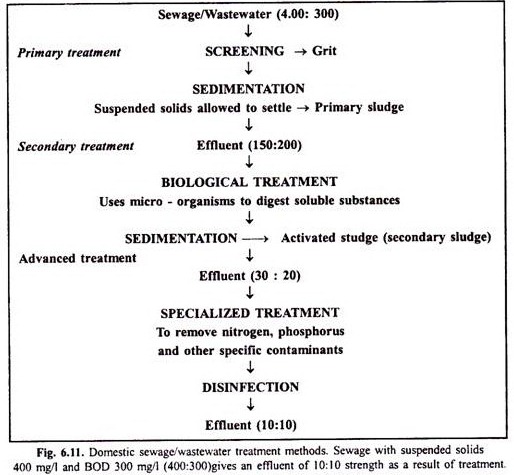ADVERTISEMENTS:
This article provides a close look on metabolic engineering of carbohydrates.
An outline of the biosynthetic pathways for the production of different carbohydrates is given in Fig 51.1. As is evident, the important carbohydrates are synthesized and stored in different cellular compartments.
i. Starch and its derivatives are synthesized in the plastids.
ADVERTISEMENTS:
ii. Sugars and sugar derivatives are produced in the cytosol and accumulate throughout the cell.
iii. Fructans synthesized and stored in the vacuoles.
Starch:
Starch is a polymer of glucose, and is composed of amylose and amylopectin. Starch is used as a food, feed and for industrial purposes. Genetic engineering techniques can be used to manipulate the quantity and quality of starch.
ADVERTISEMENTS:
Increasing the production of starch:
Biosynthesis of starch in plants is a highly regulated process involving the key enzyme ADP- glucose pyrophosphorylase. This enzyme is allosterically controlled (feedback inhibition) by metabolites such as phosphate. ADP-glucose pyrophosphorylase in E.coli was mutated to alter its allosteric properties. This mutant gene was transferred and expressed in potato plants. The transgenic potato plants produced high quantities of starch.
Synthesis of amylopectin starch:
Starch normally contains 20-30% amylose and 70-80% amylopectin. The relative proportion of amylose and amylopectin determine the physicochemical properties of starch. Amylopectin gels are more stable and therefore are preferred in food processing industries.
The enzyme namely granule-bound starch synthase (GBSS) is responsible for the synthesis of amylose while starch branching enzyme (SBE) produces amylopectin (Fig 51.1). By using an antisense approach, the enzyme GBSS was inhibited in potato plants. Consequently, amylose- free starch i.e. starch containing only amylopectin was produced.
Synthesis of high-amylose starch:
High-amylose starch with limited branching is useful as a food, feed and for certain industrial purposes. It is possible to produce high-amylose starch in potatoes by antisense inhibition of starch branching enzyme A and B (SBE A and SBE B).
Cyclodextrins:
Cyclodextrins are cone-shaped rings formed by 6-8 glucopyranose subunits. They are hydrophilic in nature and can pocket hydrophobic compounds. Due to this property, cyclodextrins are used as therapeutic agents to solubilize hydrophobic pharmaceuticals such as steroids.
A key enzyme responsible for the synthesis of cyclodextrins from starch namely cyclodextrin glycosyl transferase has been identified. A bacterial gene coding for this enzyme was transferred to potato plants. However, the transgenic potato plants did not show any enhancement in the synthesis of cyclodextrins due to various reasons.
Fructans:
ADVERTISEMENTS:
Fructans, also referred to as polyfructans, are soluble polymers of fructose. They are synthesized and stored in cellular vacuoles. Short-chain fructans (oligofructans) are almost as sweet as sucrose. Thus, they can be used as sugar, substitutes in food and soft drink industries. Another advantage is that fructans are not digested in the gut and therefore, they serve as low-calorie sweeteners.
Transgenic potato plant with fructosyl transferase gene (from Streptomyces) has been developed. Fructosyl transferase, being a key enzyme enhanced the synthesis of fructans. In recent years, oligofructans of sugar beet (fructan beet) with suitable genetic manipulation have been produced. They serve as low calorie sweeteners.
Trehalose:
Trehalose is a disaccharide produced in plants and microorganisms in response to osmotic stress. Genetic manipulations have been successfully carried out for enhanced synthesis of trehalose to withstand abiotic stress (that cause water deficit). Trehalose is useful as a food preservative. Some workers are attempting to produce trehalose in bulk quantities for its utility in food industries.

